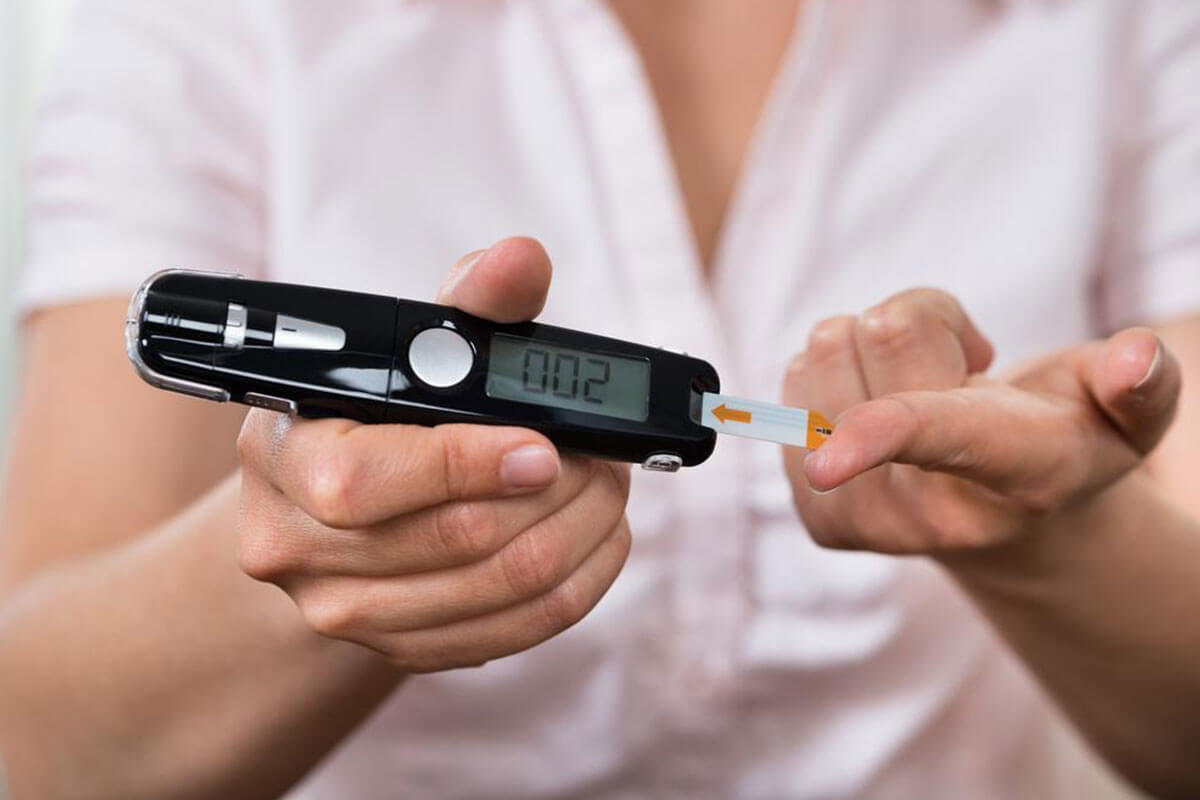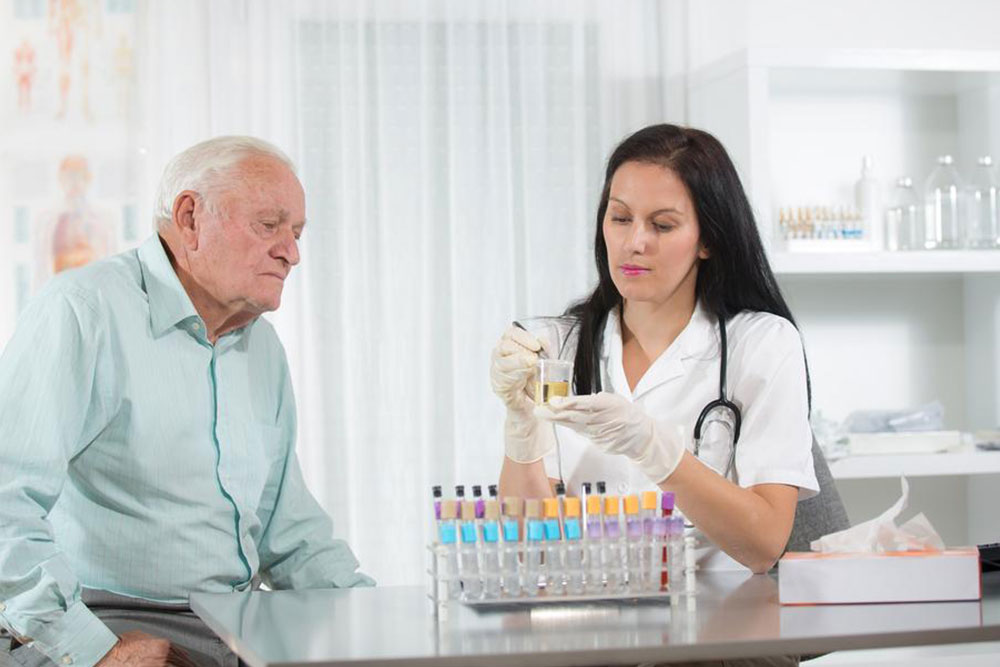Managing Prostate Cancer-Related Erectile Dysfunction Effectively
This article provides detailed guidance on managing erectile dysfunction related to prostate cancer treatments. It covers causes such as radiation and hormone therapy, and reviews various effective treatment options including oral meds, injections, devices, and surgical implants. Emphasizing the importance of consulting healthcare providers, it offers practical advice for men seeking to restore erectile function post-treatment. An essential resource for understanding prostate-related impotence and its management strategies to improve quality of life.

How to Successfully Address Erectile Difficulties After Prostate Cancer
During sexual arousal, the brain sends nerve signals to the penis, causing an erection. Many factors can contribute to erectile issues in men post-prostate cancer diagnosis and treatment. It’s important to note that prostate cancer itself doesn't cause impotence; rather, treatments like surgery or radiation can impact the nerves and blood flow necessary for an erection. Emotional stress and diminished libido may also play a role. Continue reading to learn about causes and available treatment options for prostate-related erectile dysfunction.
What influences severity?
The extent of erectile dysfunction depends on the cancer stage, the surgical expertise, and the type of procedure performed. Nerve-sparing surgeries typically allow for recovery within a few years. Conversely, surgeries that don't preserve nerves may result in prolonged or permanent issues.
Potential causes of impotence:
Radiation therapy
This treatment can cause gradual erectile decline over time, often starting around six months post-treatment. Advances in technology are improving outcomes, reducing long-term effects.
Hormone therapy
Therapies designed to lower testosterone levels can lead to decreased libido and erectile difficulties, typically manifesting within 2-4 weeks of starting treatment.
Treatment options:
Oral medications
Usually the first line of treatment, these drugs enhance blood flow to the penis. Effects are generally seen within 30 to 60 minutes, requiring sexual stimulation for an erection. They do not cause permanent erections and may require multiple doses over different days.
Injections
Injectable medicines administered directly into the penis induce an almost immediate erection lasting about 30 minutes to an hour, without needing sexual stimulation. Patients are trained by healthcare providers on self-injection techniques.
MUSE pellets
This small urethral suppository improves blood flow, producing a quick erection lasting around half an hour. It’s needle-free and does not require sexual stimulation.
External devices
Penile rings and vacuum pumps are non-invasive aids. Rings are used to maintain an erection for men who can achieve but not sustain one. Vacuum pumps create an erection by drawing blood into the penis with a mechanical pump, with a ring placed at the base to preserve it. Proper usage ensures comfort and effectiveness.
Penile implants
For cases where other treatments fail, surgical implants can help achieve mechanical erections through custom devices placed within the penis.
It’s critical to consult healthcare professionals before starting any treatment, especially if you are on other medications or have lifestyle factors impacting health. Safety and personalized advice are vital for effective management.
Note:
This blog offers comprehensive insights into prostate cancer and related erectile issues, based on research and industry data. Readers should see this as informational, not as medical advice. Always consult a healthcare provider for personalized treatment options. The site may not include all schemes or offers available; verifying with professionals is recommended.










